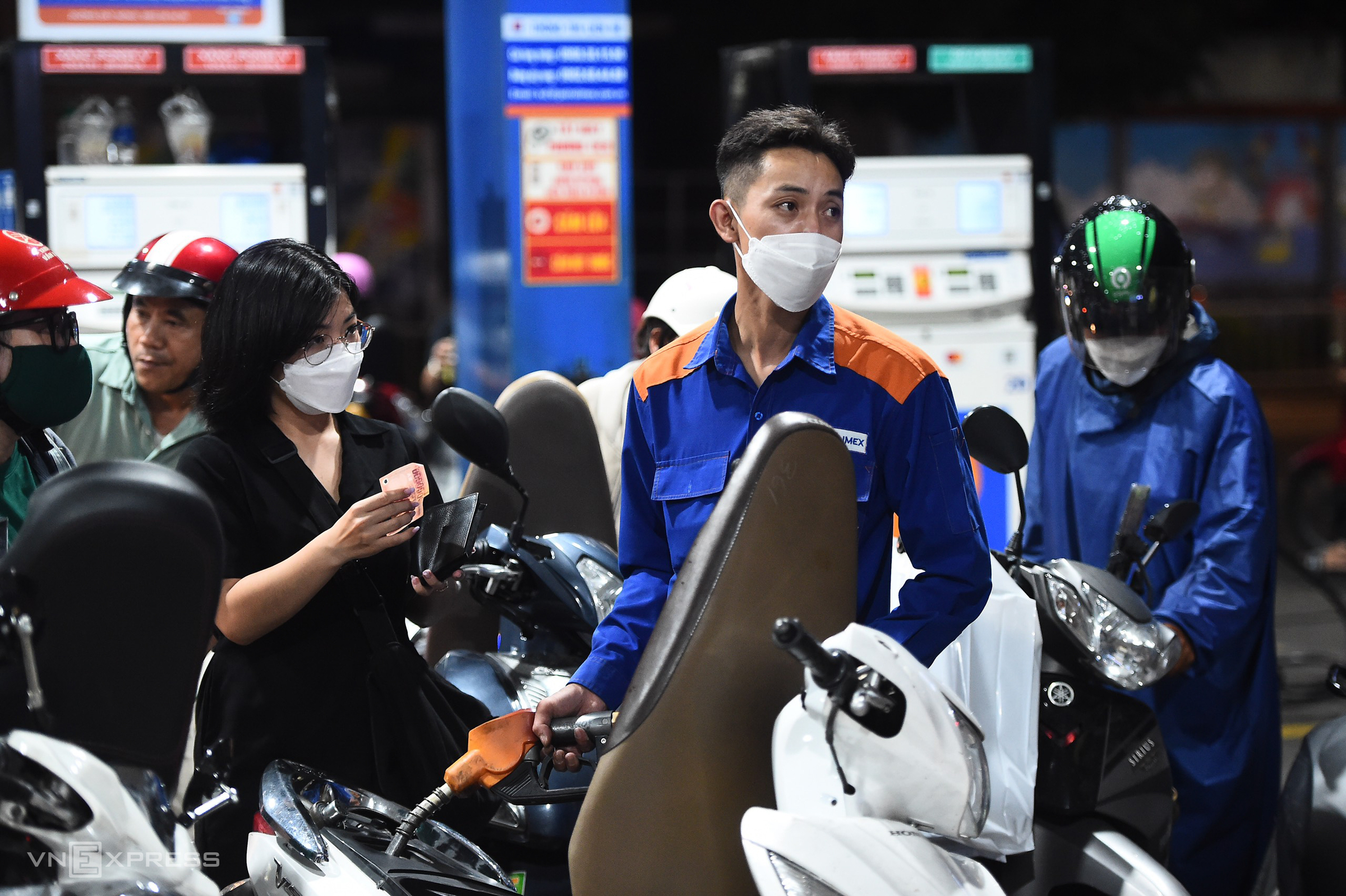This marks the first step in Vietnam's nationwide transition to greener fuels, expected to begin in 2026. E10 gasoline, a blend of 10% bio-ethanol and 90% conventional gasoline, is considered a key solution for reducing CO₂ emissions, boosting the ethanol agriculture sector, and diversifying energy sources. According to the government's roadmap, E10 biofuel will gradually replace conventional gasoline in the market.
Petrolimex and PVOIL, the two largest fuel distributors in Vietnam, are planning to launch E10 sales in August. Petrolimex has chosen Ho Chi Minh City for its initial rollout. The company has completed preparations for its storage tanks, blending technology, and collaborated with refineries to ensure a stable E10 supply throughout the pilot period.
PVOIL also plans to launch E10 in Hanoi and Hai Phong. According to Cao Hoai Duong, Chairman of the Board of Directors of PVOIL, selling E10 from 1/8 will help customers adapt to the new fuel, avoiding a "shock" during the transition. In addition to meeting domestic demand, PVOIL also aims to invest in E10 blending services for other distributors to ensure a stable market supply.
 |
A Petrolimex gas station on Xo Viet Nghe Tinh Street, Binh Thanh District. Photo: Thanh Tung |
A Petrolimex gas station on Xo Viet Nghe Tinh Street, Binh Thanh District. Photo: Thanh Tung
A Petrolimex representative expressed hope that consumers will embrace E10 due to its potentially lower price compared to RON95 and its environmental benefits.
The ethanol supply is also under review to ensure it meets the demands of the pilot program and future expansion. Vietnam currently has six ethanol plants, two of which are operating with a combined capacity of approximately 100,000 cubic meters per year. If all plants resume operations, production could reach 500,000 cubic meters annually, sufficient for blending E10 gasoline for the domestic market.
Imported ethanol is being considered as a supplementary source in the initial phase. However, the long-term goal is to achieve complete domestic supply autonomy while developing the agricultural-energy value chain. Input materials like cassava and corn, which often face price fluctuations, could find a stable outlet with the growth of the biofuel market.
Beyond its economic value, E10 gasoline also contributes to reducing greenhouse gas emissions due to its 9-10% ethanol content. This is a factor that will help Vietnam move closer to its commitment to carbon neutrality by 2050. Furthermore, the development of biofuels is expected to strengthen national energy security.
Several countries, including the US, Brazil, and Thailand, have adopted biofuels for years. Thailand aimed to completely replace RON91 gasoline with E10 and E20, establishing a complete and stable biofuel market.
Thi Ha - Phuong Dung












